MOD005916 - Comparative Healthcare Systems: Addressing Health Equity
VerifiedAdded on 2023/06/09
|9
|628
|93
Presentation
AI Summary
This presentation provides a comparative analysis of health inequalities across different healthcare systems, highlighting the unequal distribution of healthcare facilities among various groups of people and its impact on health outcomes. It discusses factors such as lower life expectancy, difficulties in accessing healthcare, racism, preventable deaths, and lower income as key contributors to these inequalities. The presentation emphasizes that the distribution of health resources is often based on social circumstances, leading to disparities in health experiences. It concludes by advocating for increased awareness and equal distribution of health resources to eliminate health inequalities and improve overall public health. References to various research articles are included to support the analysis.
1 out of 9
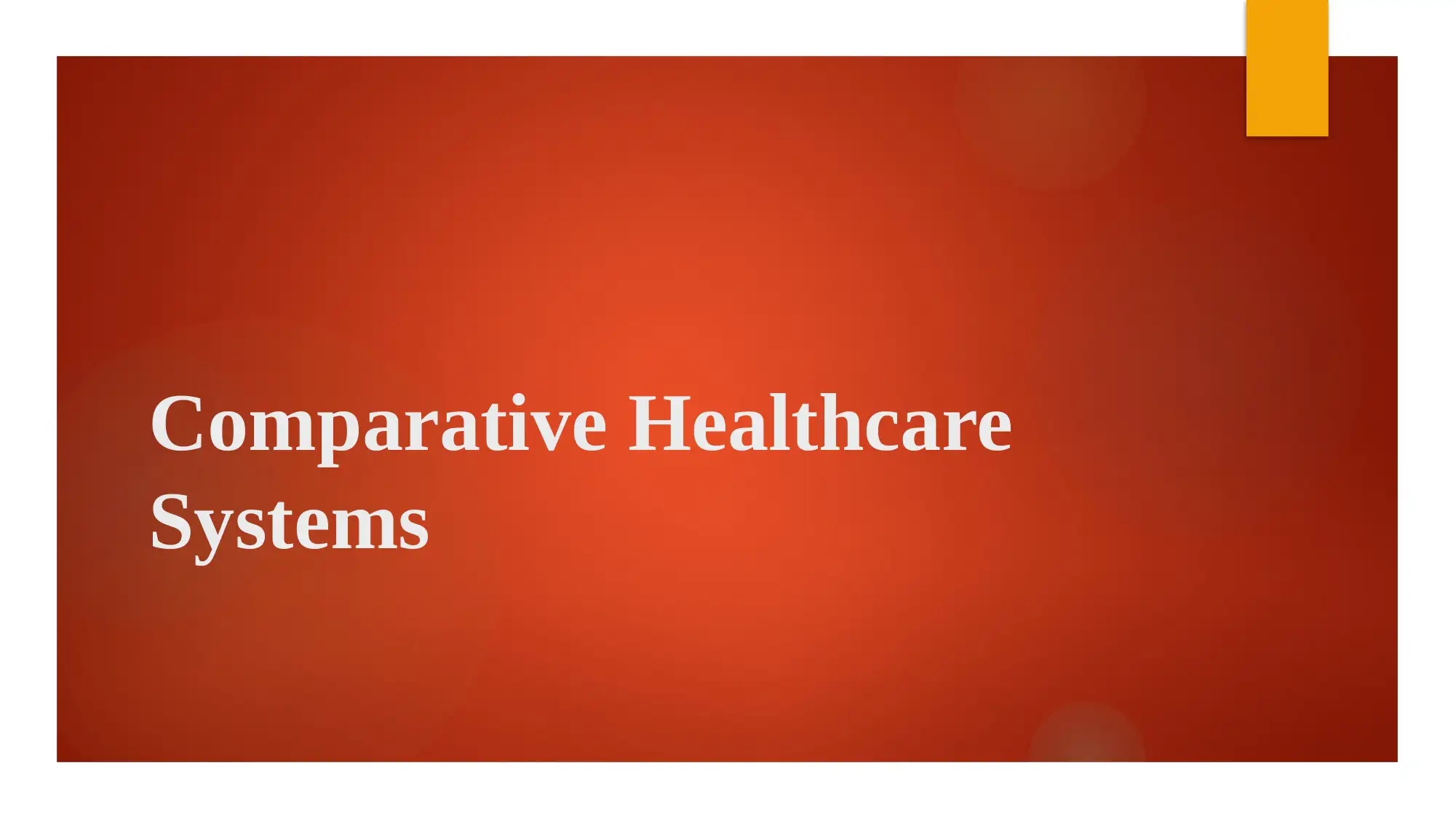
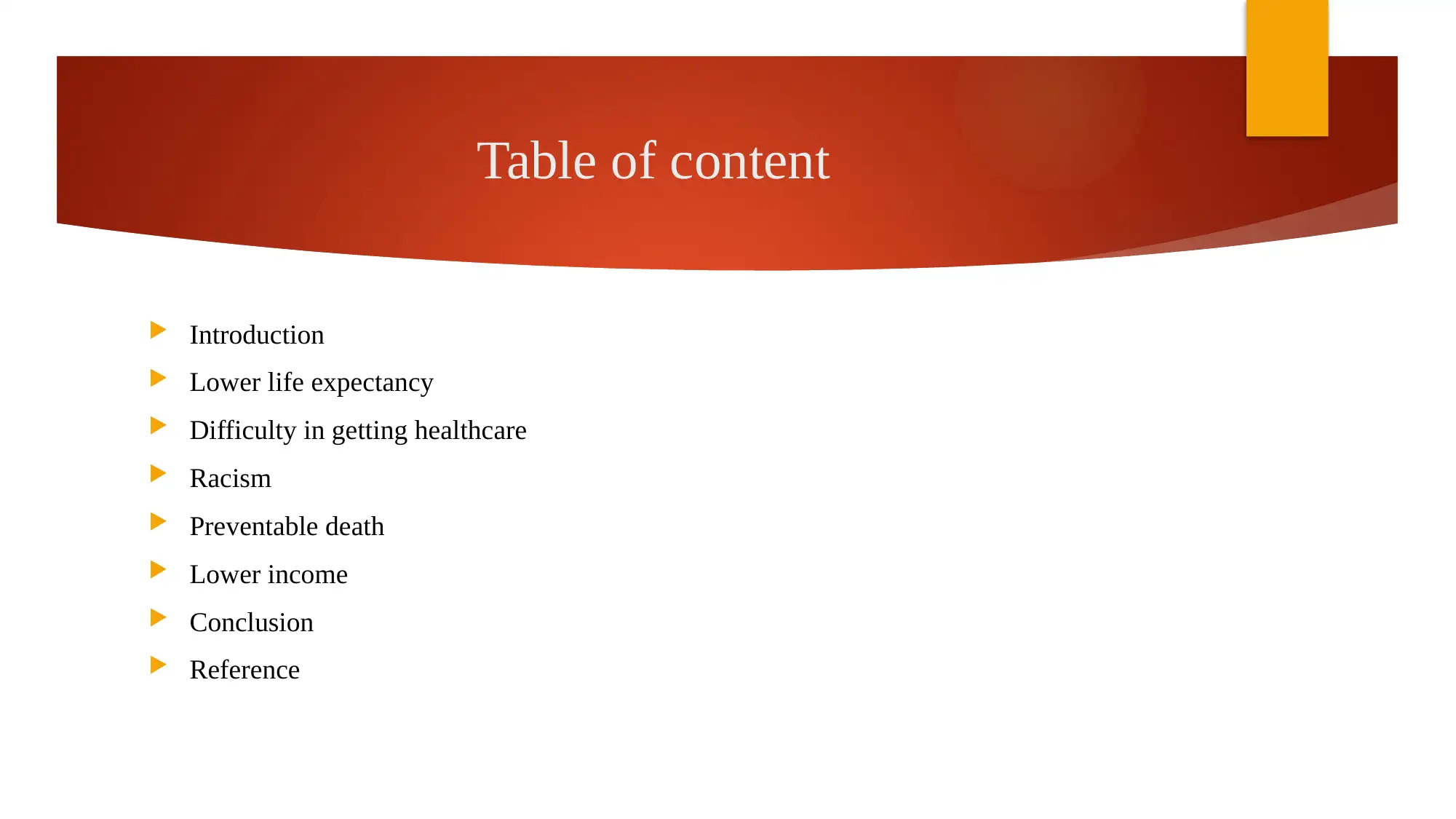


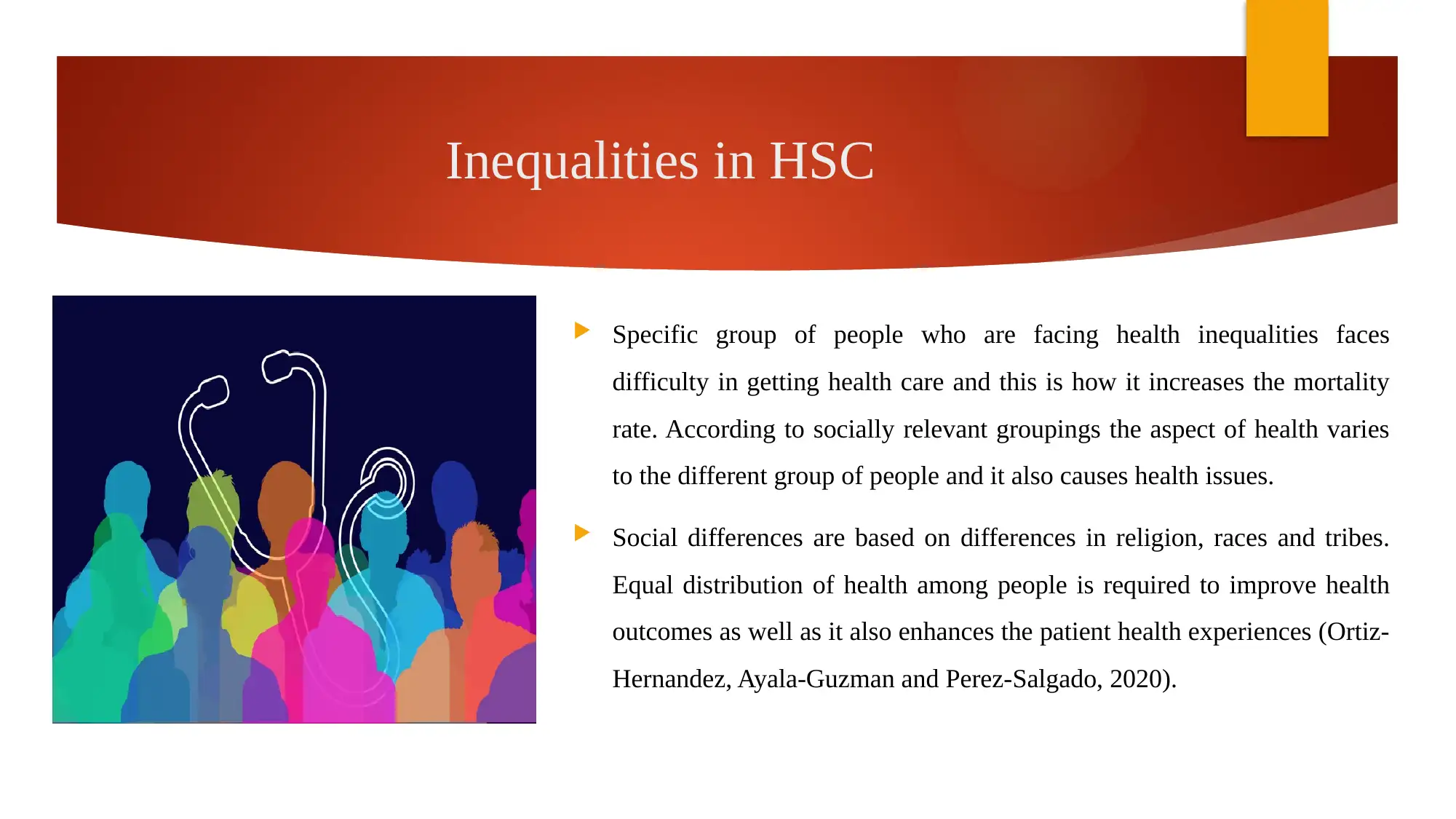
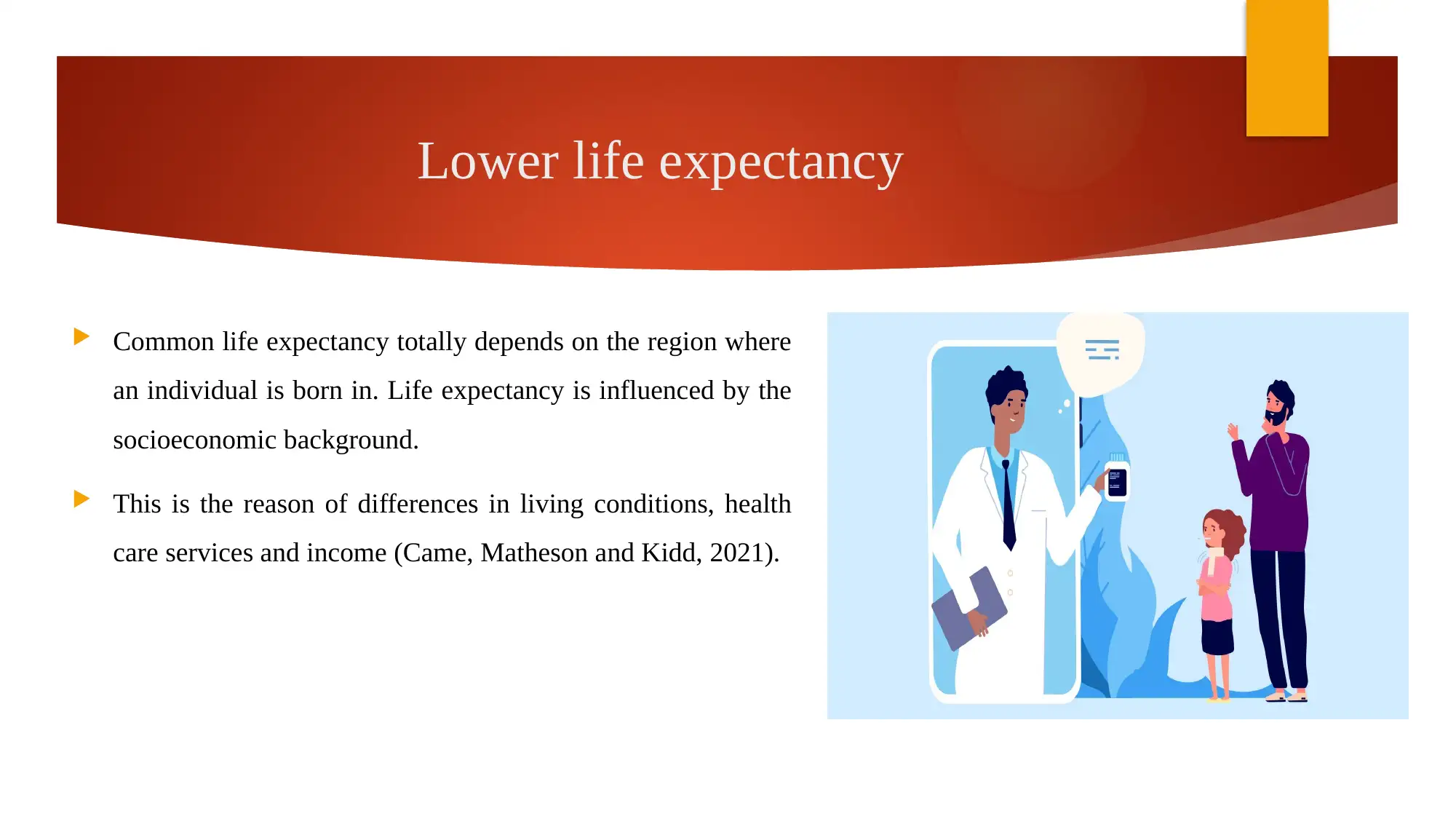
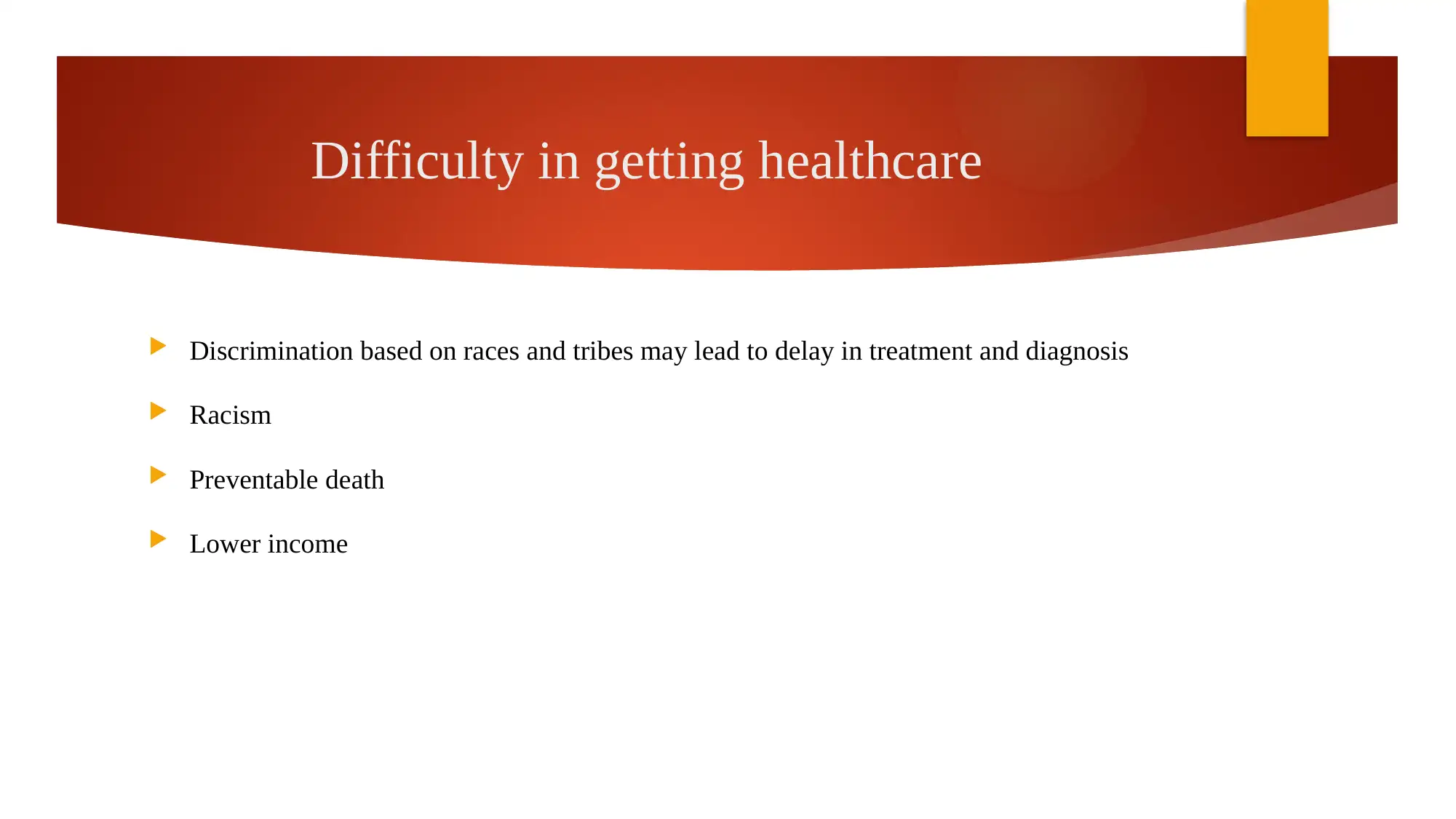
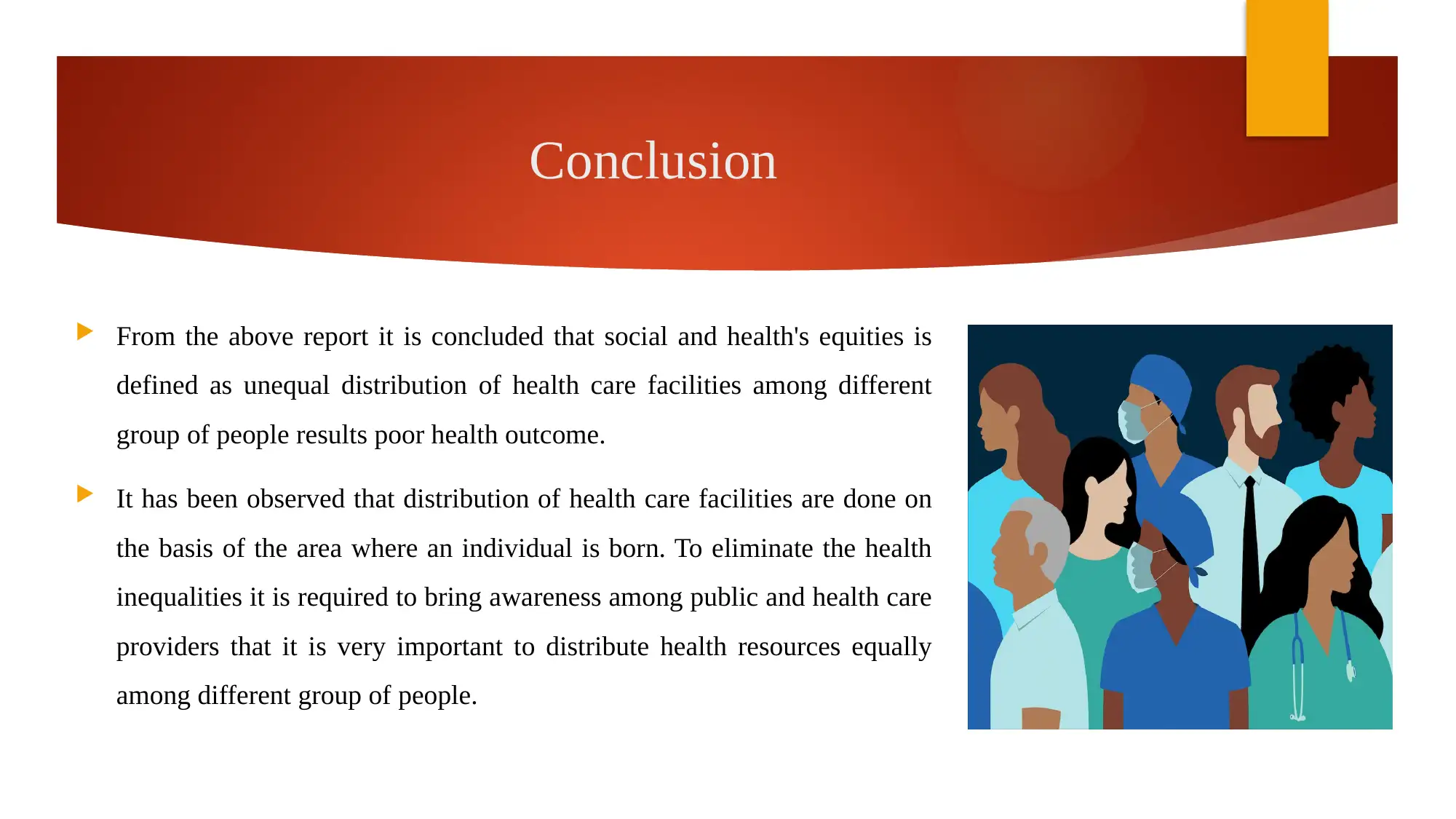
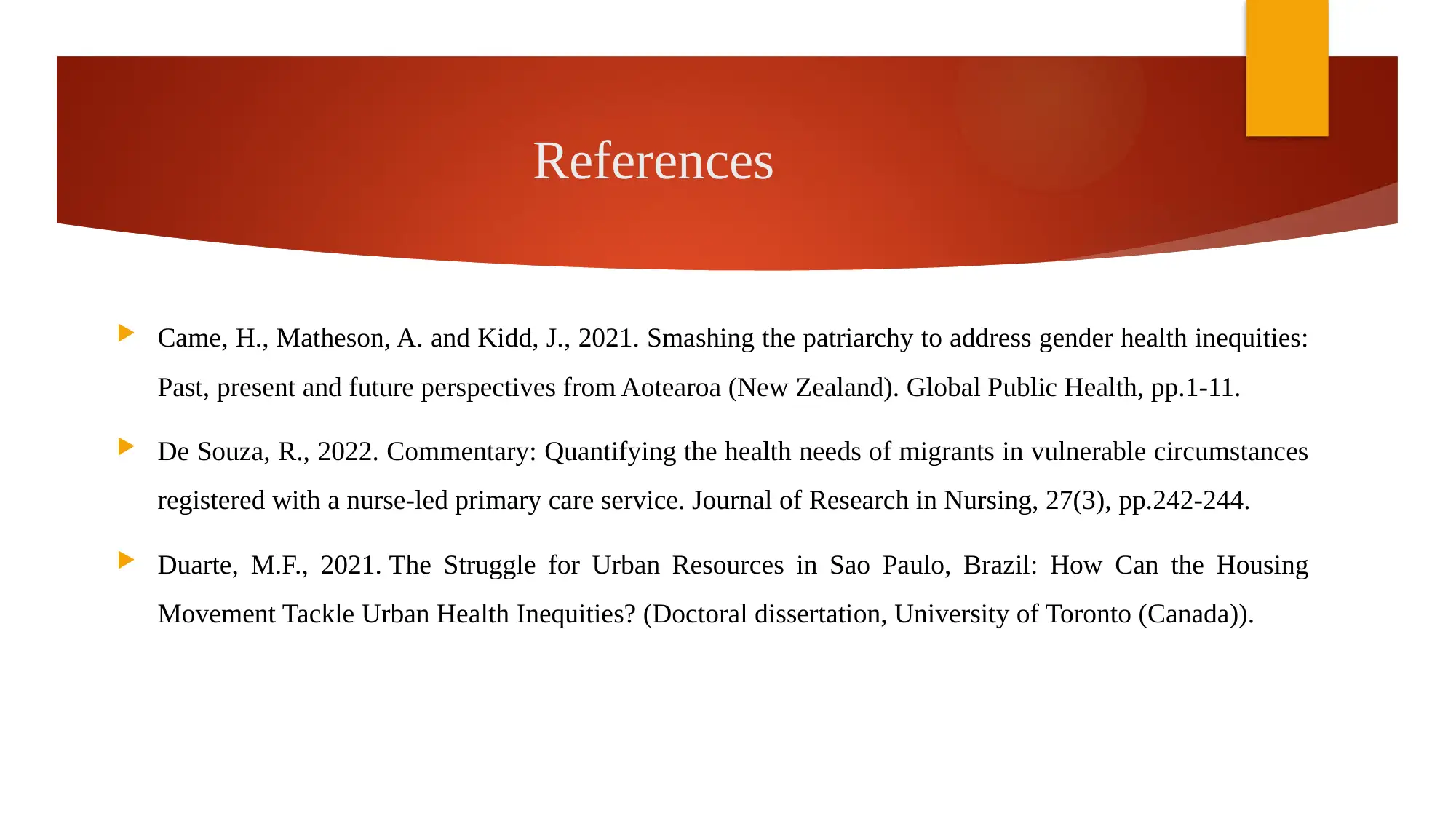
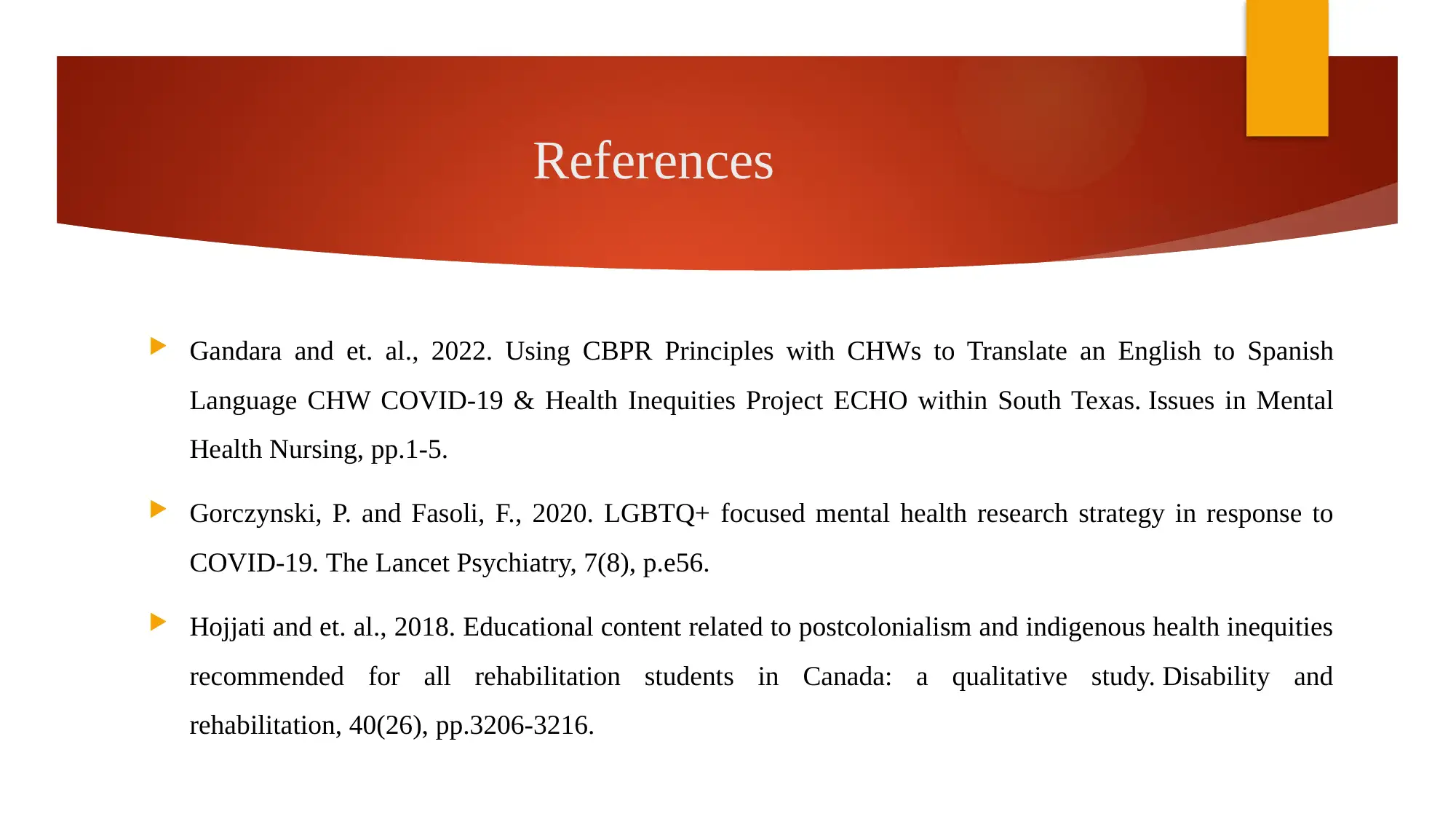






![[object Object]](/_next/static/media/star-bottom.7253800d.svg)